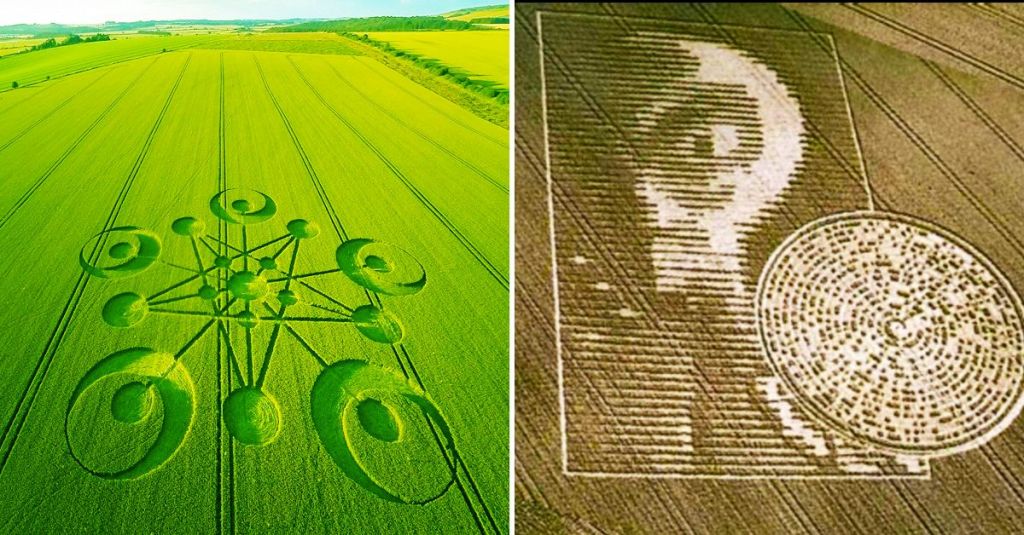Crop Circles: Mysterious Patterns in the Field
In the realm of urban exploration, there are few phenomena as intriguing and enigmatic as crop circles. These intricate patterns, often appearing overnight in fields of crops, have fascinated and puzzled people for centuries. From simple circles to elaborate geometric designs, crop circles have become a subject of intense debate among scientists, skeptics, and believers alike.
The origins of crop circles can be traced back to ancient times. Historical records suggest that similar formations were reported as early as the 16th century. However, it wasn’t until the late 20th century that they gained widespread attention and notoriety.
The first modern-day crop circle sighting occurred in the small town of Tully, Australia in 1966. A farmer reported seeing a flying saucer-shaped object rise from a swampy area near his property, leaving behind a circular pattern in the reeds. This incident sparked curiosity and led to further investigations into these mysterious occurrences.
Over time, crop circles became more complex and widespread across different parts of the world. In England’s countryside during the 1970s and ’80s, particularly around Wiltshire’s Avebury Stone Circle and Silbury Hill areas, these formations gained significant attention due to their size and intricacy. Some measured hundreds of feet across with intricate patterns woven within them.
As interest grew, so did skepticism regarding their authenticity. Many believed that humans were responsible for creating these patterns using ropes or boards – an argument supported by some self-proclaimed pranksters who claimed responsibility for certain formations.
However, researchers soon discovered peculiar characteristics within genuine crop circles that couldn’t be recreated by human hands alone. Plants within these formations displayed unique changes such as elongated nodes (the joints where leaves sprout), increased radiation levels (microwave energy), alterations in soil composition (higher iron content), and anomalies at microscopic levels.
These findings led scientists to propose various theories to explain the origins of crop circles. One hypothesis suggests that these patterns are created by natural phenomena such as plasma vortices or atmospheric conditions interacting with Earth’s magnetic field. Another theory points towards extraterrestrial involvement, suggesting that advanced beings use these formations as a form of communication or navigation.
Despite ongoing debates and research, the true nature of crop circles remains an enigma. Some argue that they are elaborate hoaxes perpetuated by human hands, while others believe they hold profound significance beyond our current understanding.
For enthusiasts and urban explorers alike, visiting crop circle sites provides a unique opportunity to witness these mysterious creations up close. The intricate designs etched into fields create an otherworldly ambiance as visitors navigate through the flattened crops, trying to decipher their meaning or origin.
While some farmers view crop circles as unwelcome disturbances due to potential damage and loss of crops, others embrace them as artistic expressions or even spiritual symbols. Crop circle tourism has become a niche industry in some areas, attracting curious travelers from around the world who seek to experience this unexplained phenomenon firsthand.
Regardless of their origin or purpose, crop circles continue to captivate our imagination and invite further exploration into the unknown. As we venture deeper into remote fields in search of answers, we must remember that sometimes it is the mysteries themselves that enrich our understanding of the world and remind us how little we truly know about its wonders.

Leave a comment